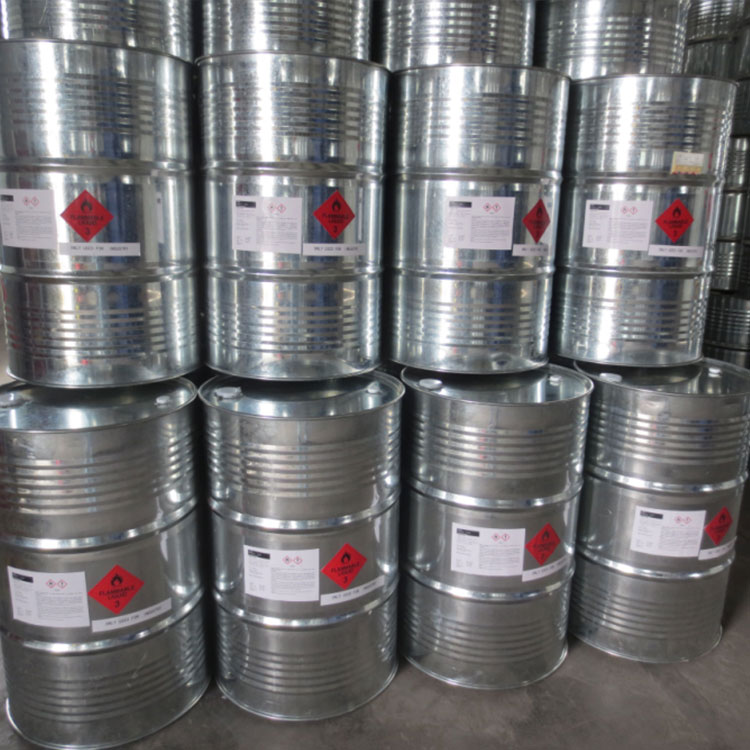Advantages
The THF (Tetrahydrofuran) industry in China started relatively late. It wasn't until the 21st century, with the gradual commissioning of newly built BDO (Butanediol) dehydration cyclization processes, that it became the mainstream production method in the industry. As a result, China's THF production capacity and output have been accelerating, leading to a rapid enhancement in market supply capabilities.
Properties
Tetrahydrofuran (THF), or oxolane, is an organic compound with the formula (CH2)4O. The compound is classified as heterocyclic compound, specifically a cyclic ether. It is a colorless, water-miscible organic liquid with low viscosity. It is mainly used as a precursor to polymers.[8] Being polar and having a wide liquid range, THF is a versatile solvent.
Application
The raw material for the synthesis of spandex, tetrahydrofuran, can self-polymerize (through cation-initiated ring-opening and repolymerization) to form polytetramethylene ether glycol (PTMEG), also known as tetrahydrofuran homopolymer.
PTMEG, when combined with toluene diisocyanate (TDI), produces special rubber with excellent wear resistance, oil resistance, low-temperature performance, and high strength.
It is also used in the production of segmented polyether polyester elastomers with dimethyl terephthalate and 1,4-butanediol.
PTMEG with a relative molecular mass of 2000, combined with methylene diphenyl diisocyanate (MDI), is used in the production of polyurethane elastic fibers (spandex, spandex fibers), special rubber, and raw materials for some special-purpose coatings.
THF's primary use is in the production of PTMEG, with approximately 80% of global THF production used for this purpose.
PTMEG, in turn, is primarily used in the production of elastic spandex fibers.
The excellent solvent tetrahydrofuran is commonly used, especially for dissolving PVC, polyvinyl chloride, and butyl aniline.
It is widely used as a solvent in surface coatings, anticorrosive coatings, printing inks, tapes, and film coatings.
It is used as a solvent in aluminum plating solutions, allowing for precise control of aluminum layer thickness and brightness.
Tetrahydrofuran is used as a solvent in magnetic tape coatings, PVC surface coatings, cleaning PVC reactors, removing PVC films, glass paper coatings, plastic printing inks, thermoplastic polyurethane coatings, solvent for adhesives, and is commonly employed in surface coatings, protective coatings, inks, extractants, and surface treatment agents for synthetic leather.
Used as a raw material for organic synthesis in pharmaceuticals, including the production of tetrahydrothiophene, 1,4-dichloroethane, 2,3-dichlorotetrahydrofuran, valerolactone, butyrolactone, and pyrrolidone.
In the pharmaceutical industry, it is used in the synthesis of cough suppressants, rifamycins, progesterone, and some hormone medications.
Through hydrogen sulfide treatment, it can produce tetrahydrothiophenol, used as an odorant in fuel gas (odorant additive) and is a major solvent in the pharmaceutical industry.
Other uses include chromatographic solvents (gel permeation chromatography), natural gas odorization, acetylene extraction solvents, light stabilizers for polymer materials, etc.
Packing
180KG/drum
|
Item
|
Unit
|
Quality Specification
|
|
Appearance
|
.
|
Colorless transparent liquid
|
|
Purity
|
% ( wt)
|
≥99.95
|
|
Water Conten
|
Conten
|
≤50
|
|
Color(25℃)
|
APHA
|
5
|
|
Peroxide
|
ug/g
|
≤5
|
|
Antioxdant
|
ug/g
|
200-300
|
